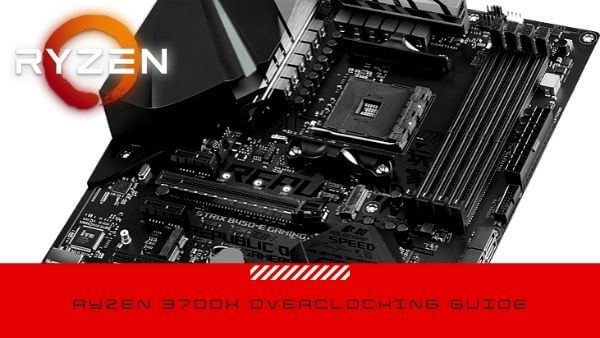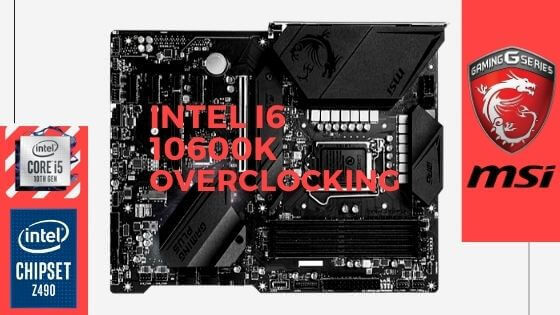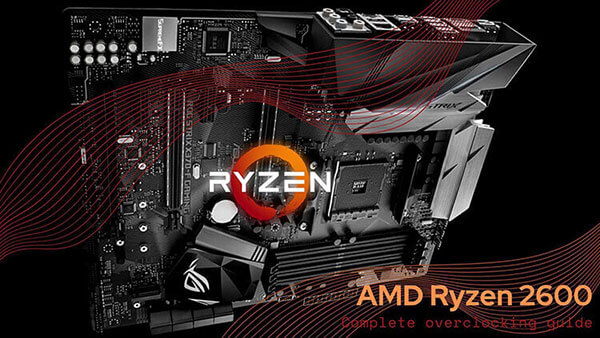
- Tech, OC'ing, SEO and more
- Hits: 32362
Article Index
The Fans.
While I normally like a uniform design, while doing some research I found some interesting fans I wanted to test. Once I've settled on my fan setup I will buy more of the Phanteks fans and probably keep the high static Corsair fans in the front.
Phanteks: 140mm and 200mm high CFM fans for exhaust.
| Static Pressure. | CFM. | DB. | |
PH-F140SP |
1.33 | 82.1 | 19 |
PH-F200SP |
1.04 | 110.1 | 25 |
PH-F120XP |
1.72 | 61.6 | 27 |
Corsairs SP120: 120mm high static pressure fans for intake.
| Static Pressure. | CFM. | DB. | |
SP120 |
1.60 | 57.4 | 26.4 |
Arctic F12 and F14: 120mm and 140mm fans for exhaust and intake.
| Static Pressure. | CFM. | DB. | |
F12 |
- | 53 | 22.5 |
F14 |
- | 74 | 22.5 |
The Corsair SP120 offer better static pressure than current 120mm Phanteks fans, 120mm always offer better static pressure over 140mm fans. Pressure is building up is higher due to air being pushed through a smaller diameter. The Phanteks fans offered a high CFM making them perfect for exhaust fans, The Arctic fans I wanted to test due to the low price per fan. 140mm fans always offer a higher CFM over 120mm fans as they offer a wider tunnel and bigger fan blades to push more volume.
Large diameter allows for more air throughput at the loss of pressure due to fans limited capability of compacting the volume in a larger diameter. There is the exception to the norm of course but this is a general logic you would, of course, check with your preferred brand for actual CFM and Static Pressure.
As time progressed and I went from a range of test with overclocks I ran into a problem with the F12 fans not working properly. For some reason the F-12 did not spin up located on the back of the case in a standing position, this would mess with my RPM profile and create extra noise. Due to this fact, this article has been delayed and I also decided to add an extra CPU fan since this has become more common.








